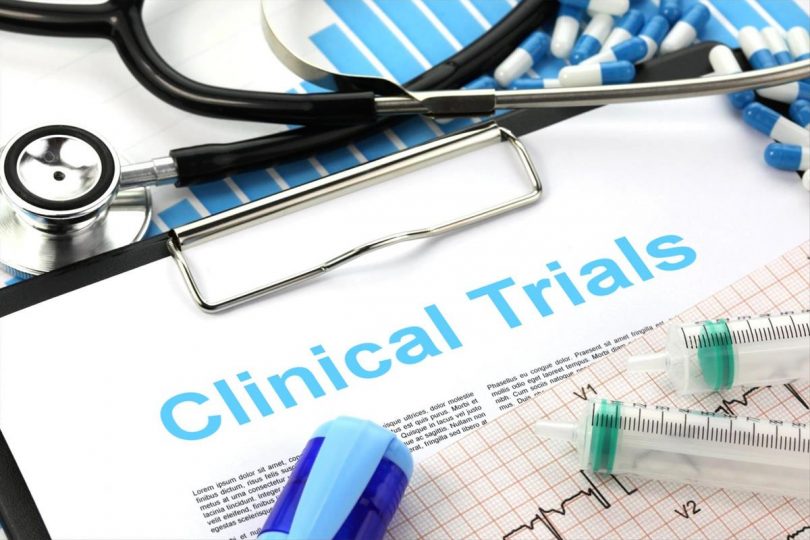Cannabis is classified by the DEA under schedule I. This class of compounds, which also includes lysergic acid diethylamide, peyote, psilocybin, and heroin, should meet two critical criteria:
- They have the highest potential for abuse and are most likely to cause severe physical or psychological dependence.
- They have no known or currently accepted medical value.
Does the DEA believe that cannabis has no known medical value? Or how else is cannabis classified under this schedule?
In 2017, the National Academies of Science, Engineering, and Medicine conducted a review entitled “The Health Effects of Cannabis and Cannabinoids: The Current State of Evidence and Recommendations for Research.” [1]
The aim of this review was to investigate and establish the therapeutic potential of cannabis and cannabinoids based on scientific evidence from credible research. The researchers considered “good-to fair-quality systematic reviews” and the available primary literature.
From the comprehensive review, it is clear that cannabis has several known medical uses.
The reviewers made the following conclusions:
- Oral cannabinoids are effective as anti-emetics in adult patients with chemotherapy-induced nausea and vomiting.
- Cannabinoids are effective in reducing pain symptoms in chronic pain.
- Short-term use of oral cannabinoids can improve spasticity symptoms in patients suffering from multiple sclerosis (MS).
The authors of the review were confident of the therapeutic potential of cannabis and cannabinoids in three areas:
- Chemotherapy-induced nausea and vomiting
- Multiple sclerosis spasticity
- Chronic pain
The authors also reviewed the evidence for several other conditions. They found limited evidence to support the usefulness of cannabis and cannabinoids in treating the following conditions:
- Cachexia in HIV/AIDS
- Irritable bowel syndrome
- Tourette’s syndrome
- Dementia
- Glaucoma
- Traumatic brain injury
- Anxiety
- Depression
- Sleep disturbance
- Post-traumatic stress disorder (PTSD)
They also found “insufficient evidence” to support the usefulness of cannabis and cannabinoids in treating the following conditions:
- Cancer (Gliomas)
- Cancer-related cachexia
- Amyotrophic lateral sclerosis
- Huntington’s disease
- Parkinson’s disease
- Dystonia
- Addiction
- Schizophrenia and psychoses
Although the report concludes that there is insufficient evidence for the aforementioned conditions, even mentioning that they “did not find any good-quality primary literature the reported on cannabis and cannabinoids” for cancer, there are plenty of papers that explore cannabis use for cancer [2], and there is evidence that it can be used for treating opioid addiction. Although some of the evidence regarding opioids has come out after this report was drafted, clinicians in the 1940s suspected cannabis may have use for treating morphine and heroin addictions.
Also, at the time of this review in 2017, clinical trials investigating the potential of cannabidiol (CBD) in treating epilepsy and schizophrenia were ongoing. In 2018, two pivotal randomized clinical trials to evaluate the safety and efficacy of CBD in treating refractory seizure disorder prompted the FDA to approve the first-ever CBD-based drug called Epidiolex for the treatment of the following three conditions: [3]
- Lennox Gastaut Syndrome
- Dravet’s Syndrome
- Tuberous Sclerosis complex
Since this review was carried out, researchers have continued to look into the safety and efficacy of cannabis and cannabinoids as therapeutic agents. Several other clinical trials (fair-good quality) have been conducted and the result has been published in reputable, peer-reviewed journals. But as the evidence continues to mount, the FDA remains unwilling to rescind its stand on the therapeutic potential of cannabis. How was Epidiolex then approved by the FDA in 2018? It’s evident that when it comes to cannabis the standards are different; unless someone can prove otherwise.
Image source
References
[1] National Academies of Sciences, Engineering, and Medicine; Health and Medicine Division; Board on Population Health and Public Health Practice; Committee on the Health Effects of Marijuana: An Evidence Review and Research Agenda. The Health Effects of Cannabis and Cannabinoids: The Current State of Evidence and Recommendations for Research. Washington (DC): National Academies Press (US); 2017 Jan 12. 4, Therapeutic Effects of Cannabis and Cannabinoids. [2] Marcu JP, Christian RT, Lau D, et al. Cannabidiol enhances the inhibitory effects of delta9-tetrahydrocannabinol on human glioblastoma cell proliferation and survival. Mol Cancer Ther. 2010;9(1):180-189. [journal impact factor = 6.009; times cited = 129] [3] Abu-Sawwa R, Scutt B, Park Y. Emerging use of Epidiolex (Cannabidiol) in epilepsy. J Pediatr Pharmacol Ther. 2020;25(6):485-499. [journal impact factor = 1.451; times cited = 6]







